What Are The 5 Tropisms And The Plant's Response To Each?
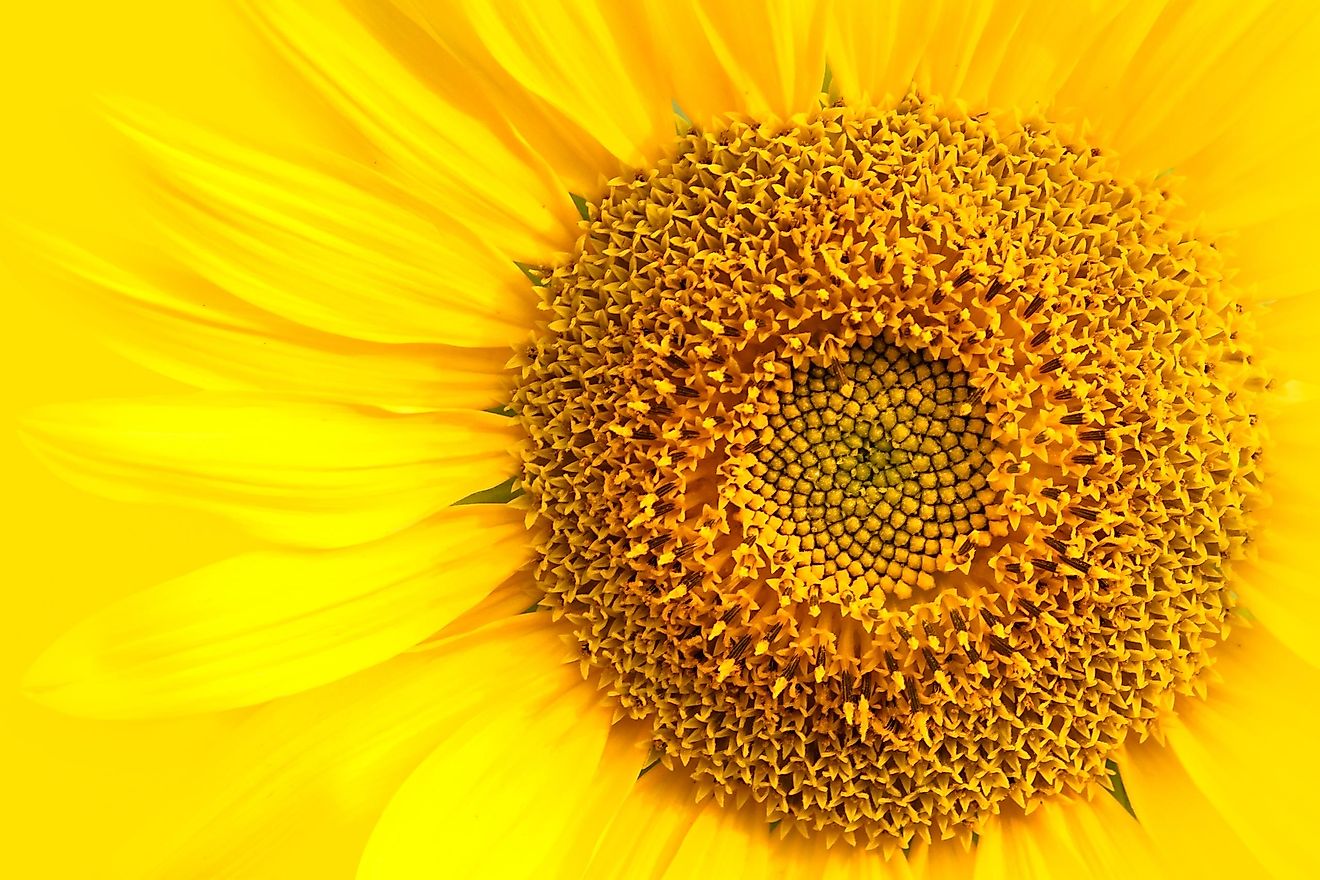
- Phototropism, thigmotropism, gravitropism, hydrotropism, and thermotropism are common tropic responses in plants.
- Plants are different than humans and animals in the way they adapt to their environment; they are sessile.
- Positive tropism is growth in the direction of the stimuli, while negative tropism is the growth opposite from the stimuli.
Plants are like humans and animals, at least in the sense that they constantly adapt to their environment to preserve their well-being. Unlike humans and animals, plants cannot stand up and walk away, although that would be a fantastic sight. Unfortunately, they cannot change their location when there are bad weather and other climate threats.
Plants are sessile! In case you did not know, that means they are unable to move. How exactly do plants then handle the dangers of the environment that surrounds them, you might ask yourself? The answers are in plant tropisms, and that is why we will try to explain the basic mechanisms of the most important plant tropisms and their responses.
Simply put, tropisms are plant apparatus in their fight against environmental changes. They enable the plants to adapt to their environment and grow depending on the stimulus they experience. Stimuli, like the sun's light, earth gravity, and various physical stimuli, all affect the growth of the plant, and their direction generally dictates the direction of the plant's response. If a plant grows in the direction of the stimuli (gravity, for example), that is known as a positive tropism, and negative tropism is the growth opposite from the stimuli.
Phototropism
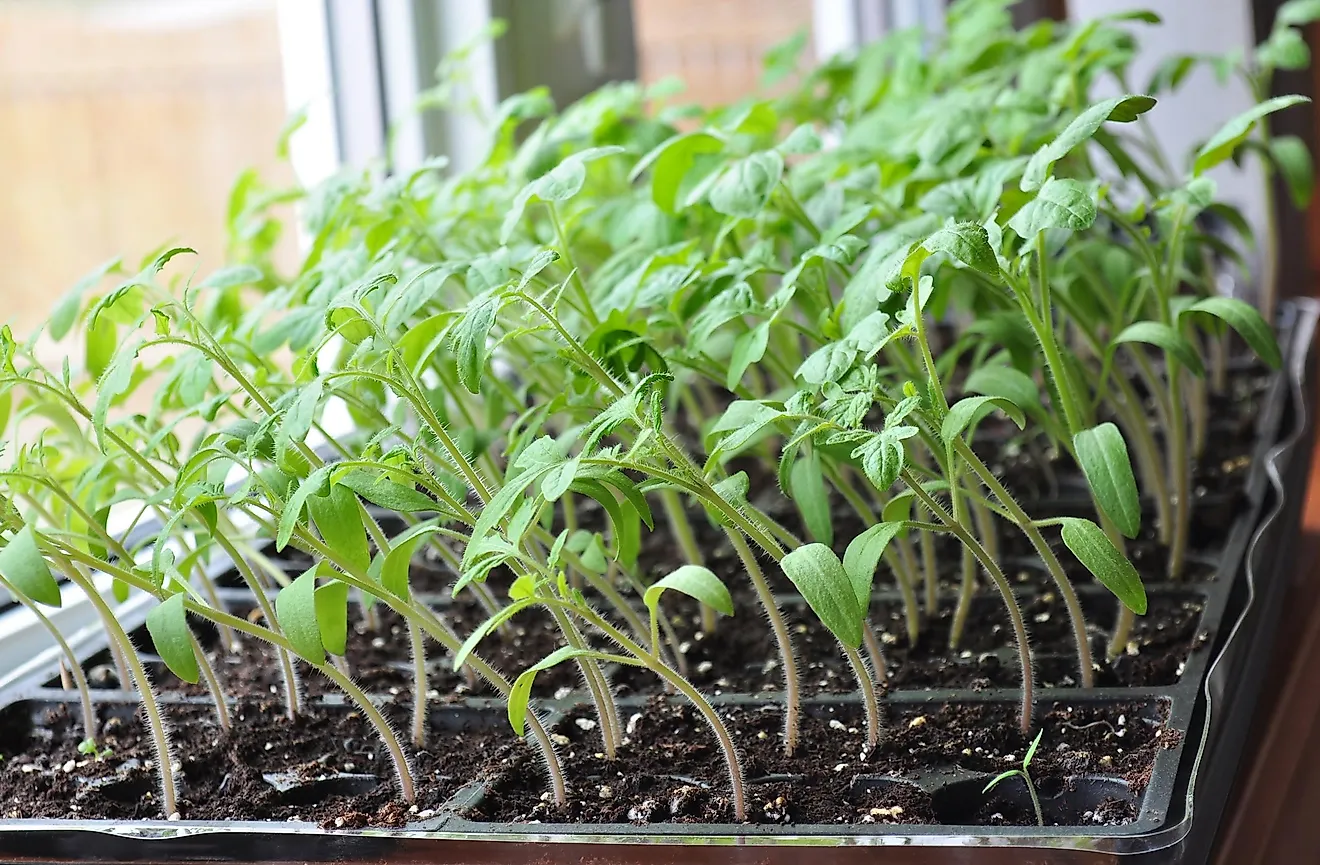
This plant tropism controls the growth of the plant in response to a light source. Various plants like gymnosperms and angiosperms have their stems growing in the direction of the light, which is known as a positive tropism. Plants have a special neuroepithelial cell in the retina that enables them to detect light sources, and their hormones are generally located at the part of the stem that is farthest from the light source.
When these hormones, such as auxins, gather on the shaded part of the plant, it results in the elongation of the cells in that area faster than the cells that are on the opposite side of the stem of the plant. This causes the stem to move in the direction of the light source.
Thigmotropism
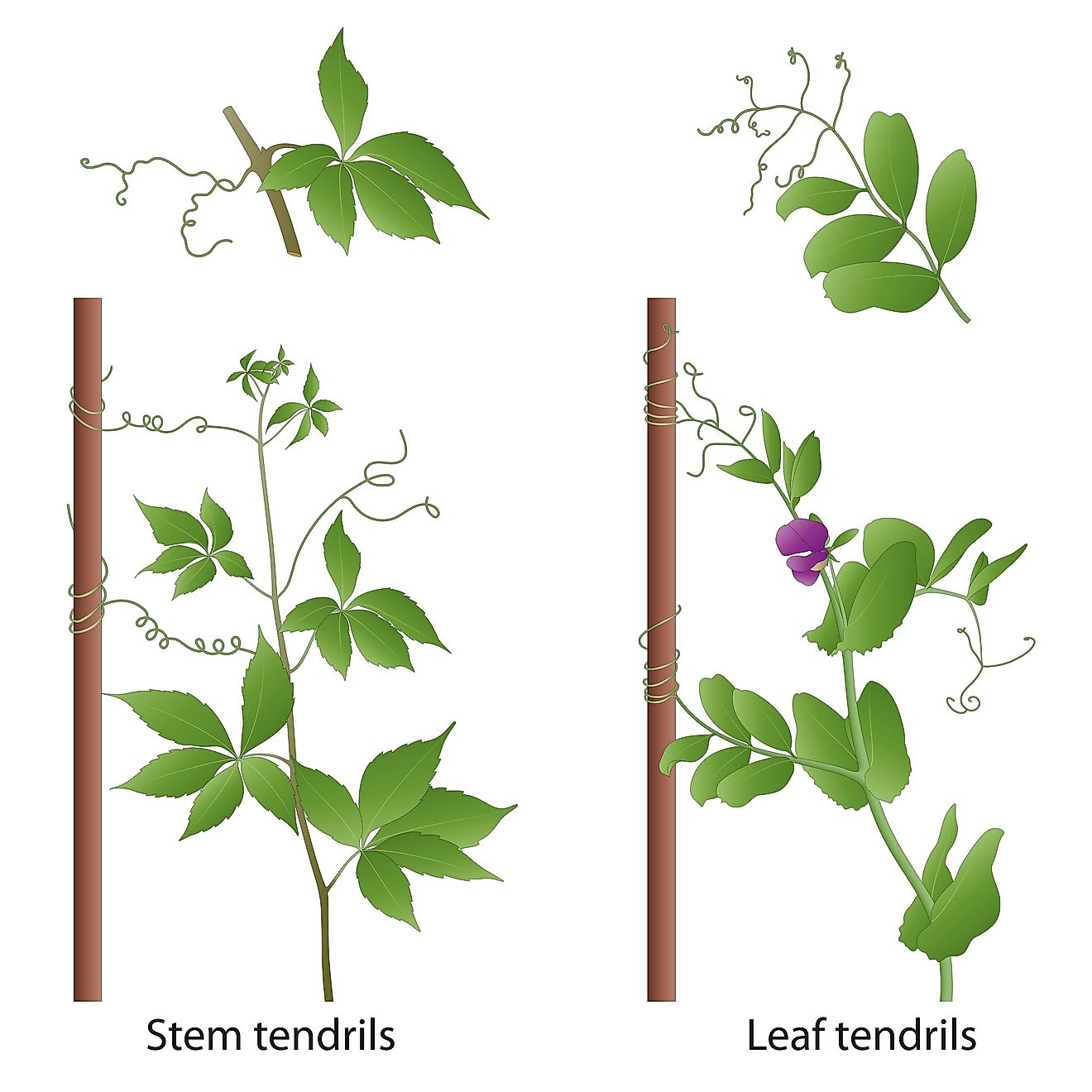
When plants are in contact with a touch stimulus or a physical object, they tend to respond to such a stimulus by growing on and within these objects. The most common example is the behavior of the tendrils (leaves and petioles of plants), which are used for support and often behave by coiling around the object, or "climbing."
One side of the tendril is exposed to the touch, and these stimuli are transferred to the side of the plant that is not in contact with the object, signaling the plant to "curl." The side which is in contact with the object tends to display slower growth, and the side with no contact experiences increased the rate of growth, also known as differential growth.
Gravitropism
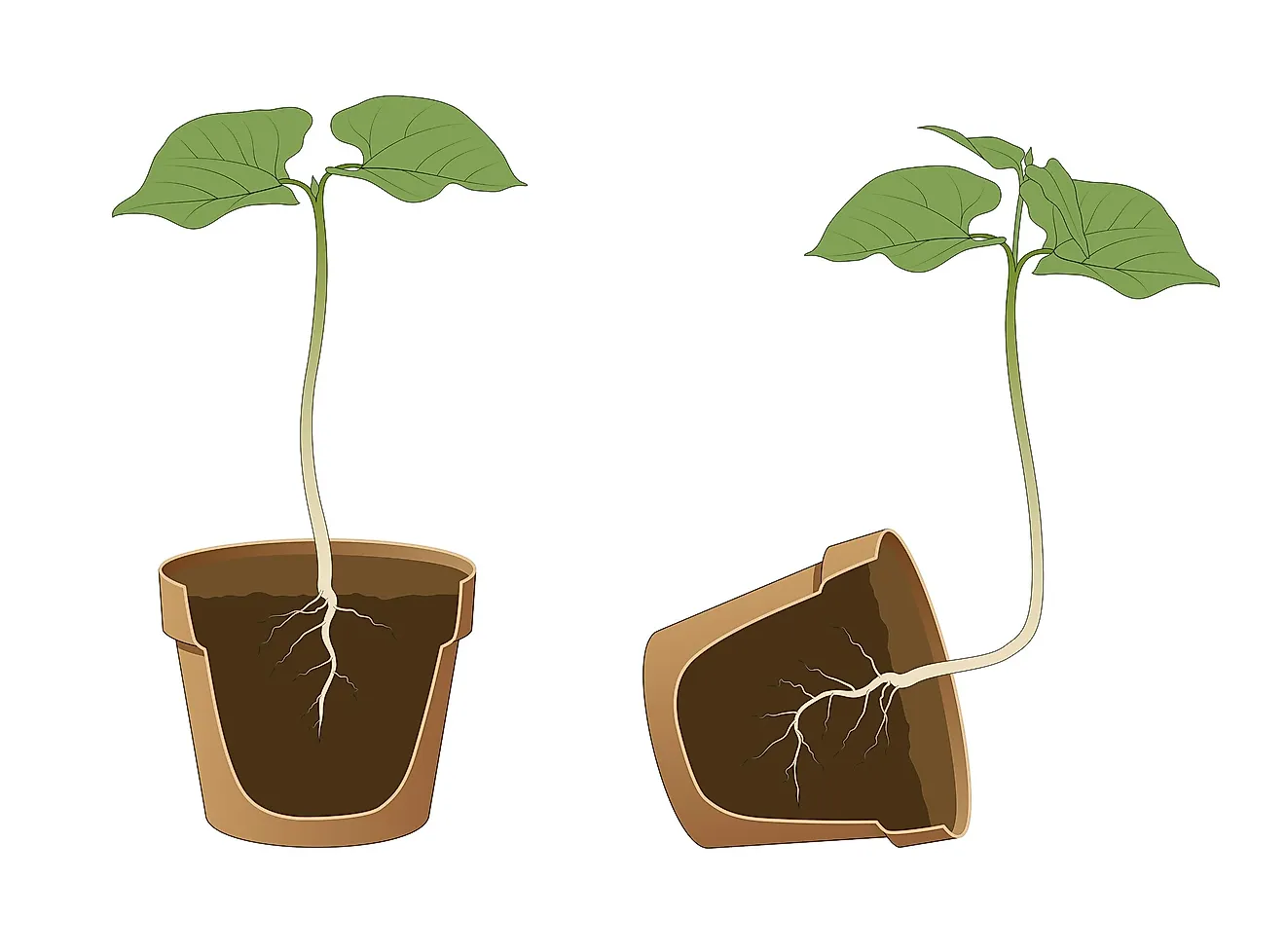
Gravitropism, also known as geotropism, is the plant's response to gravity. It is the reason why the roots of the plant grow in the opposite direction from its stem. If you lay a plant on its side, the stem will still grow in an upward direction against gravity (negative gravitropism). At the same time, the roots will keep a downward direction (positive gravitropism). This process enables the plant to keep an ideal position with the light source and provide the roots with access to water and minerals, which the plant needs for its growth.
Hydrotropism
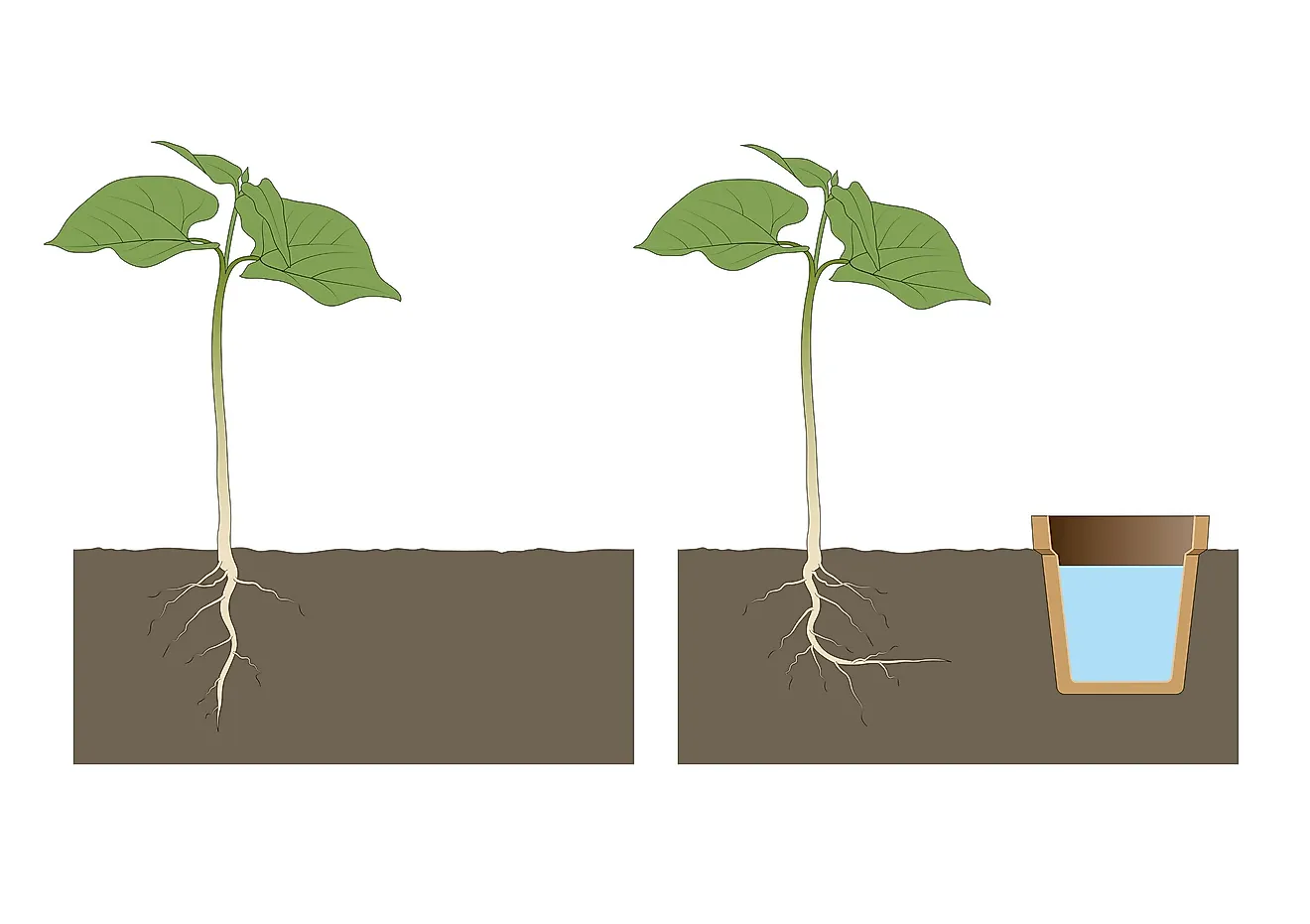
We all know that water is essential for a plant's well-being, and hydrotropism regulates the growth of the plant to a water source. Plants need to control their geotropic tendencies first before they can perform hydrotropism. It protects them from various drought conditions and an excessive degree of water exposure. The part of the plant which is located closer to the water source tends to grow much slower than the part on the opposite side of the source.
Thermotropism
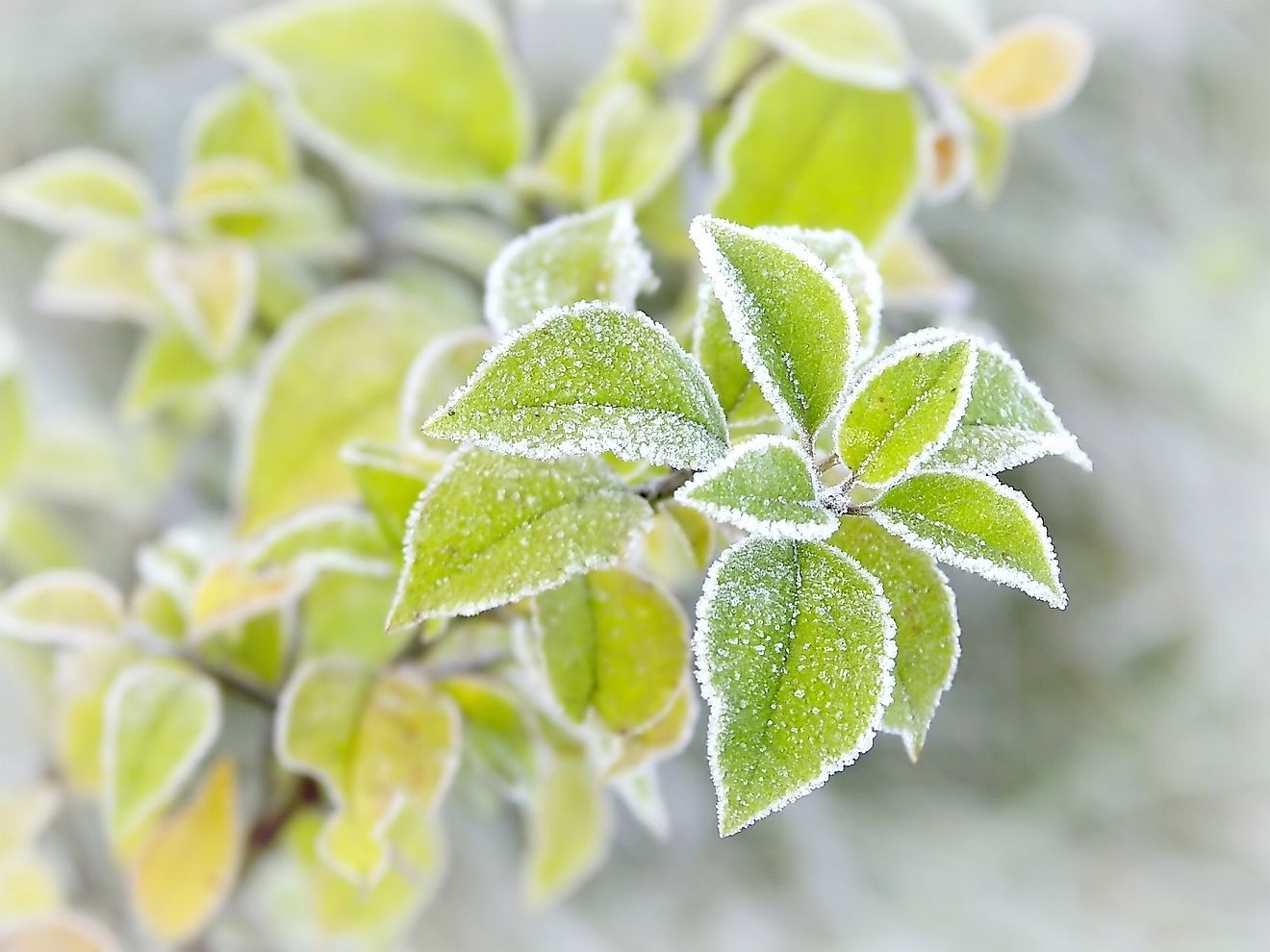
This plant movement happens as a response to the change of temperature in the environment, as heat or cold. Plants like Rhododendron curl their leaves when it is very cold, and Mimosa pudica collapses its leaves and folds them when there is a decline in temperature. Philippe Van Tieghem, a French botanist, noticed that plants exposed to optimum temperatures on one side and a higher (or lower) temperature on the other would display faster growth on the side with optimum temperature.











